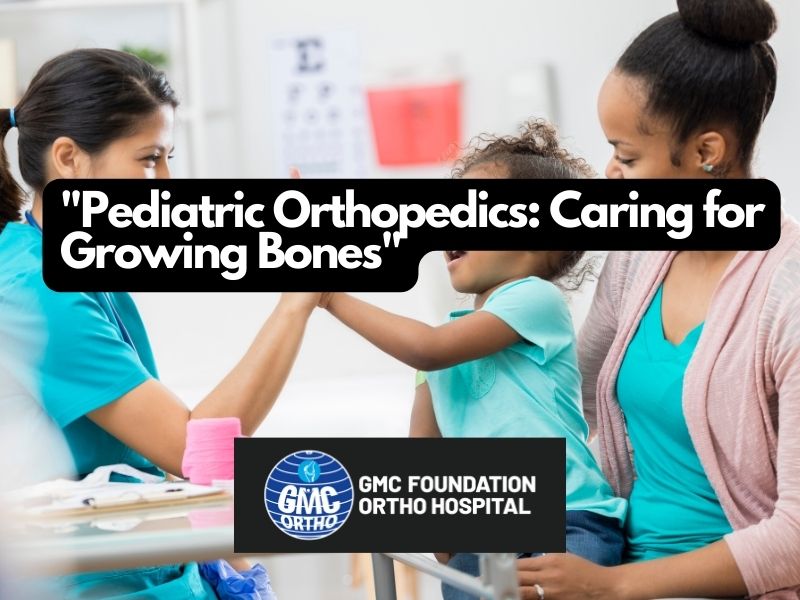9633789014

East Nadakkave, Kozhikode, 673011 9633789014
Book an Appointment
Note: This is an appointment request only Depending on the availability of the consultant, appointment will be confirmed to you through mail/call The appointment requests can be made minimum 48 hrs in advance

Pediatric Orthopedics: Caring for Growing Bones
May 7, 2024Children’s bones are not just smaller versions of adult bones—they are continuously growing and changing. Pediatric orthopedics focuses on diagnosing and treating musculoskeletal issues in children, ensuring their bones, joints, and muscles develop properly. Our specialists are dedicated to providing comprehensive care tailored to the unique needs of growing bodies. Here’s how we approach pediatric orthopedic care and what parents should know about maintaining their child’s bone health.
Understanding Pediatric Orthopedics
Pediatric orthopedics addresses a wide range of conditions affecting children from infancy through adolescence. These conditions can include congenital disorders, growth-related issues, traumatic injuries, and sports-related injuries. Because children are still growing, their bones have different properties and healing capabilities compared to adults, requiring specialized knowledge and treatment approaches.Common Pediatric Orthopedic Conditions
- Congenital Disorders
- Clubfoot: A condition where one or both feet are rotated inward and downward.
- Developmental Dysplasia of the Hip (DDH): A hip joint that has not formed properly.
- Cerebral Palsy: A group of disorders affecting movement and muscle tone, often requiring orthopedic intervention.
- Growth Plate Injuries
- Growth plates are areas of developing tissues at the ends of long bones. Injuries to these areas can affect bone growth and require careful management to ensure proper healing and development.
- Scoliosis
- A curvature of the spine that can develop during childhood or adolescence. Early detection and monitoring are crucial for effective treatment.
- Fractures
- Children are prone to fractures due to falls and high levels of activity. Pediatric fractures often heal faster than adult fractures, but they need appropriate treatment to ensure they heal correctly and don’t affect future growth.
- Sports Injuries
- With increasing participation in sports, children are at risk for injuries such as ligament tears, tendinitis, and stress fractures. Prevention and proper management are key to maintaining long-term health and activity levels.
Preventing Pediatric Orthopedic Issues
- Encourage Physical Activity
- Regular exercise helps build strong bones and muscles. Encourage children to engage in a variety of physical activities to promote overall musculoskeletal health.
- Ensure Proper Nutrition
- A balanced diet rich in calcium and vitamin D is essential for healthy bone development. Encourage children to consume dairy products, leafy greens, and fortified foods.
- Use Appropriate Gear
- Ensure children wear protective gear during sports and recreational activities. Proper shoes, helmets, and padding can significantly reduce the risk of injuries.
- Promote Safe Play
- Supervise children during play and sports activities to ensure they follow safety rules and use equipment correctly.
- Regular Check-Ups
- Regular visits to a pediatrician or orthopedic specialist can help monitor your child’s growth and detect any potential issues early.
Treatment Approaches in Pediatric Orthopedics
- Non-Surgical Treatments
- Many pediatric orthopedic conditions can be treated with non-surgical methods such as physical therapy, bracing, and casting. These treatments help correct issues while allowing bones to grow and develop properly.
- Surgical Interventions
- In some cases, surgery may be necessary to correct deformities, repair fractures, or address severe conditions. Pediatric orthopedic surgeons use specialized techniques designed for growing bones to ensure the best outcomes.
- Rehabilitation and Follow-Up
- Post-treatment rehabilitation is crucial for restoring function and strength. Our team provides comprehensive follow-up care to monitor recovery and ensure long-term health.
